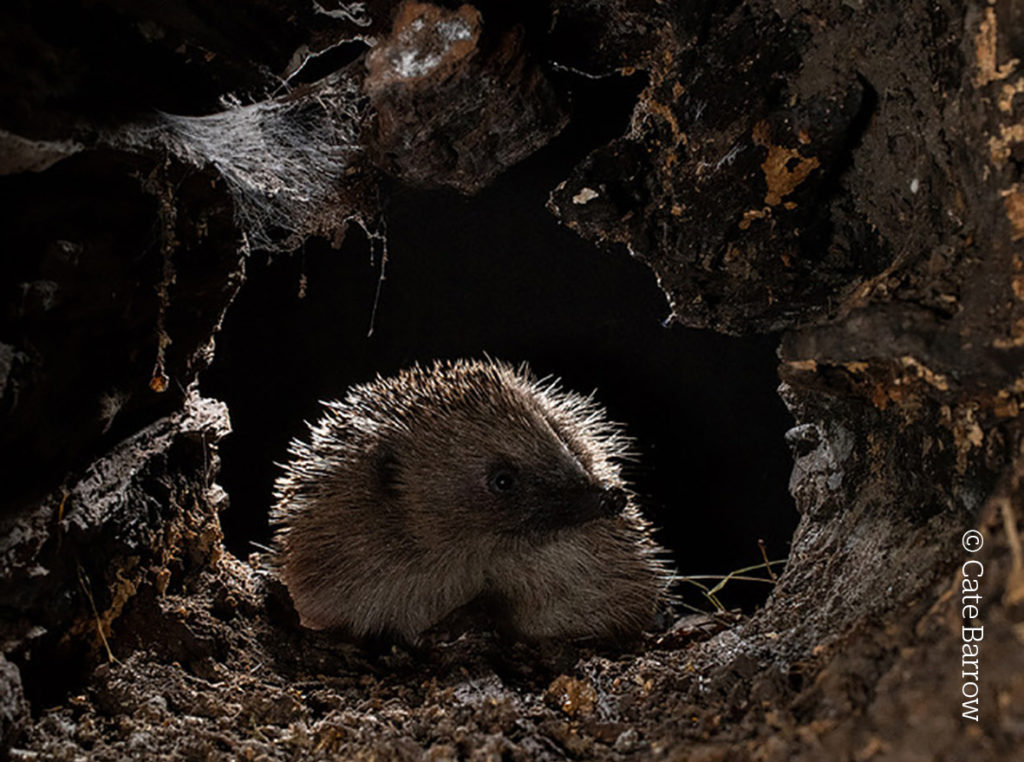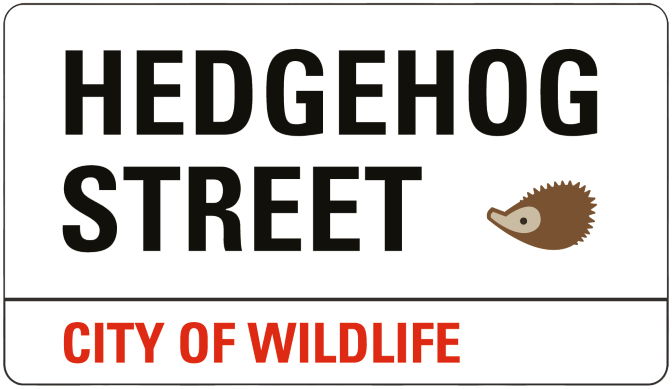Hedgehogs After Dark: Results
7th May 2021

Introduction
In May 2020 we embarked on a project to discover the hidden lives of hedgehogs. We know that gardens are vital for hedgehogs, but we wanted to find out how hedgehogs use them, as well as when and what for. Answering these questions means we can help them more effectively. Whether they’re feeding or fighting, sleeping or swimming, we wanted to know!
We asked you to keep a careful eye out for hedgehogs and let us know what you saw during May, June and July 2020. Different hedgehog behaviours were logged on our website when seen live or recorded on a trail camera. Each week of the project we explored a different hedgehog behaviour, looking at examples and the purpose of each behaviour.
We also asked you, our Hedgehog Champions, to submit video footage, many examples of which can be found in a dedicated playlist on the Hedgehog Street YouTube channel.
Video highlights
Here’s some highlights of the hundreds of videos sent in throughout the project.
If you’re thinking about purchasing a wildlife camera, check out the tips and recommendations provided by NatureSpy last summer. NatureSpy kindly provided a camera for our Hedgehogs After Dark Prize draw which was won by Hedgehog Champion Anna. Here’s one of the videos she took with her camera prize.
What we found out
Thanks to your efforts, a total of 20,208 hedgehogs were spotted and their activities logged over the course of the project.
Feeding and drinking
Not surprisingly, the mostly commonly logged behaviours across the three month study period were feeding and drinking. This is likely because we are feeding them more often; one of our top tips for helping hedgehogs is leaving food out, and fortunately many Hedgehog Champions do just that. Meaty cat, dog or specialist hedgehog food can be offered. Leaving supplementary food out for hedgehogs can be a lifeline when their natural invertebrate prey such as worms and beetles is in decline.
Walking, running and use of hedgehog highways
The next most commonly seen behaviour, again across all three months was hedgehogs moving through their environment. This isn’t surprising as we know that hedgehogs can easily travel 2 km in a single night. What’s critical is that these results highlight just how important it is for habitats to be well connected for hedgehogs. This emphasises the part we can all play in conserving this iconic species. 13cm gaps in fences, or ‘Hedgehog Highways’, mean hedgehogs can move easily through the urban environment, and it’s one of the best ways to help hedgehogs – simply giving them access to your garden!
Grooming, itching and self-anointing
Another frequently seen behaviour during the study was hedgehogs grooming, itching and/or self-anointing. Grooming and itching are normal behaviour in hedgehogs, who naturally have ticks and fleas (don’t worry the fleas are host-specific so can’t live on us or our pets). Self-anointing is a more unusual behaviour, where a hedgehog will foam at the mouth, and start spreading the foam onto its spines with its tongue. This is completely normal, and thought to be a way for hedgehogs to cover themselves in a new smell, although scientists are still not 100% sure of the reason for self-anointing.
Courtship and mating
Hedgehog courtship and mating was mostly commonly seen in May (888 records) as expected, with some people still seeing mating behaviour in June and July. Hedgehogs mate any time from April to September, but most activity happens between May and June.
Fighting and aggression
Aggressive behaviour was seen frequently throughout Hedgehogs After Dark. Though not naturally territorial, hedgehogs do fight over food and mates. Fights generally involve head-butting, with one hedgehog rolling into a balling and being pushed aside. This behaviour was most frequently seen in May (897 records) and slowly declined over the rest of the project period. This timing makes it seem likely that hedgehog aggression is strongly linked to hedgehog courtship and mating.
Nursing and hoglet interaction
Only a few hedgehog families were seen in May (14 records), but many more were seen in June (81 records) and July (67 records) when the mating season was well underway. Female hedgehogs are pregnant for about four weeks before giving birth to an average of four or five young, known as hoglets. After spending three or four weeks in the nest, hoglets will start to accompany their mothers, becoming independent one or two weeks later.
Nesting and gathering leaves
Nesting behaviour wasn’t spotted often during the project with 93, 43 and 16 records in May, June and July respectively. The higher number of hedgehogs seen building nests earlier in the season ties in with what we know about female hedgehogs preparing a more sturdy long-term nest in which to give birth and rear her hoglets.
Swimming
Although we know that hedgehogs can swim, we weren’t surprised that this behaviour was extremely rare, with only nine instances reported during the whole project. It is still extremely important however to make sure that garden ponds have sloped sides or an exit ramp. One Hedgehog Champion described nailing chicken wire to a plank of wood, to allow hedgehogs to climb out of her pond.
Sleeping and resting
Because hedgehogs are safely in their nests during the day, this wasn’t commonly seen nocturnal behaviour throughout the project. Some hedgehogs were recorded via wildlife cameras installed in hedgehog houses however more natural nesting sites are much more difficult to spot and monitor.
Top 10 counties
Most Hedgehogs After Dark Behaviour Logs submitted, by county:
| Position | County | Records logged |
| 1 | West Yorkshire | 181 |
| 2 | Hampshire | 154 |
| 3 | Kent | 114 |
| 4 | Devon | 104 |
| 5 | Merseyside | 96 |
| 6 | Leicestershire | 94 |
| 7= | North Yorkshire | 85 |
| 7= | West Midlands | 85 |
| 9 | Cheshire | 80 |
| 10 | Norfolk | 71 |
Thank you!
Thank you to all of our fantastic Hedgehog Champions who took part. You can continue to contribute hedgehog sightings via the BIG Hedgehog Map. All sightings help us understand the distribution of hedgehogs across the UK, and records are shared with local biological records centres.

